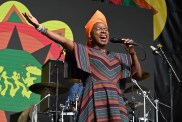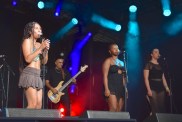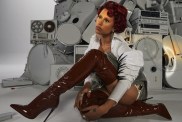Roll up roll up roll up! Hello and welcome to The Internet, otherwise known as The World Wide Web, or as we like to call it, ‘Meme-land’, a place where ‘viral’ is a good thing and music is everywhere, despite the best efforts of the industry, and also free! You can find music here on blogs, on iTunes, on Grooveshark, on Facebook, on something that…

The festival landscape has undergone major upheaval in the last three years, and Covid’s long-term impact on the music industry…











